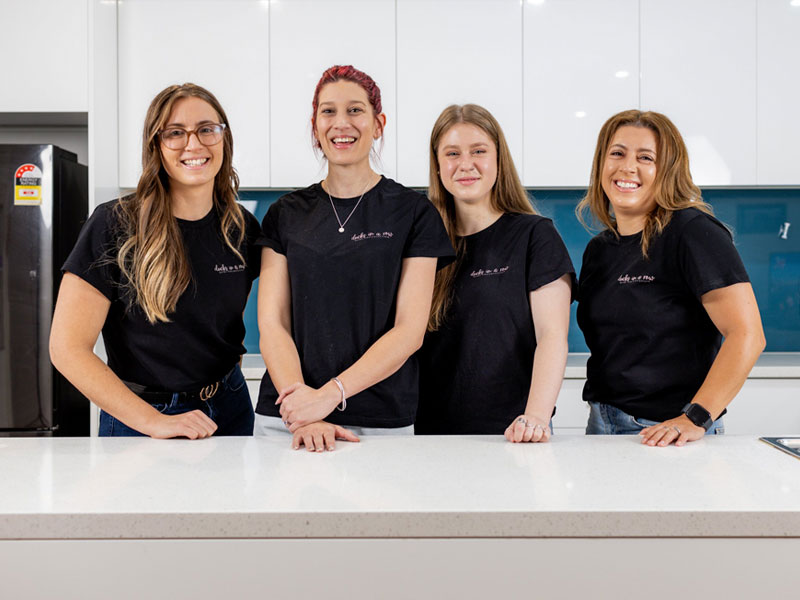If you’ve ever looked around your home and felt weighed down by too much stuff, you’re not alone. Life moves quickly, and without meaning to, our homes can become filled with things we no longer use, need, or even like. That’s where minimalism at home comes in. It’s not about having bare walls or a stark interior. It’s about making thoughtful choices about what you keep, so your space reflects what truly matters to you.
Minimalism can look different for everyone, whether it’s clearing out years of accumulated clutter or making small daily changes that shift how your home feels. The beauty of minimalism lies in its flexibility and ability to be tailored to your lifestyle. There’s no “perfect” number of items, just a sense of freedom and peace that comes from being surrounded by only what serves you.
This guide will gently walk you through how to let go of what you don’t need, room by room, with simple, practical steps that bring more calm, clarity and comfort to your everyday life.
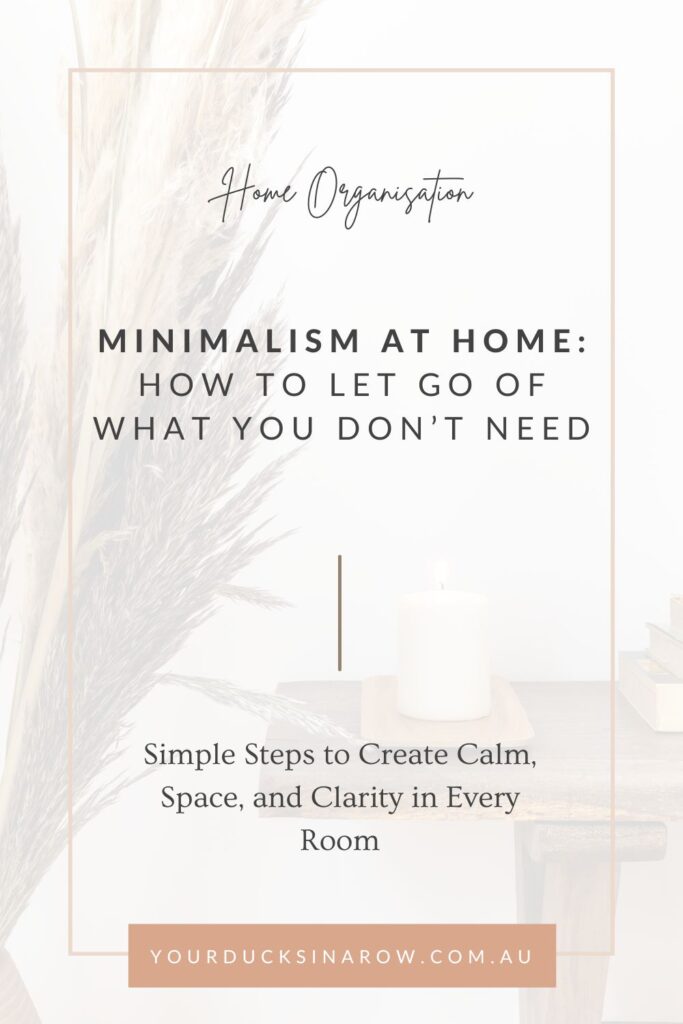
What Is Minimalism in the Home?
Minimalism is about intentional living. It means choosing to surround yourself with items that are useful, meaningful, or beautiful, nothing more, and nothing less. A minimalist home supports your lifestyle instead of competing with it.

In simple terms, minimalism at home means:
- Clearing away what no longer serves a purpose
- Designing with function and ease in mind
- Making room for the things (and people) you love
It’s about creating breathing space, not restrictions.
This doesn’t mean you have to toss your favourite books or give up your treasured mementos. Instead, it’s about curating a space that brings you peace, where everything has a place and a purpose.
Why Let Go of What You Don’t Need?
There’s a reason the minimalist lifestyle continues to grow in popularity: it feels good. Letting go can be surprisingly powerful.
- Less Stress: Clutter creates visual noise and mental tension. A simplified space often leads to a calmer mind.
- More Time and Energy: Fewer belongings mean less tidying, cleaning, and decision-making, leaving you more time for what matters.
- Improved Focus: Clear spaces make it easier to concentrate, especially if you work from home or enjoy creative hobbies.
- Saves Money: When you buy less, you save more. Minimalism encourages you to shop thoughtfully and avoid impulse purchases.
- Supports Sustainability: Choosing to consume less helps reduce waste and environmental impact over time.
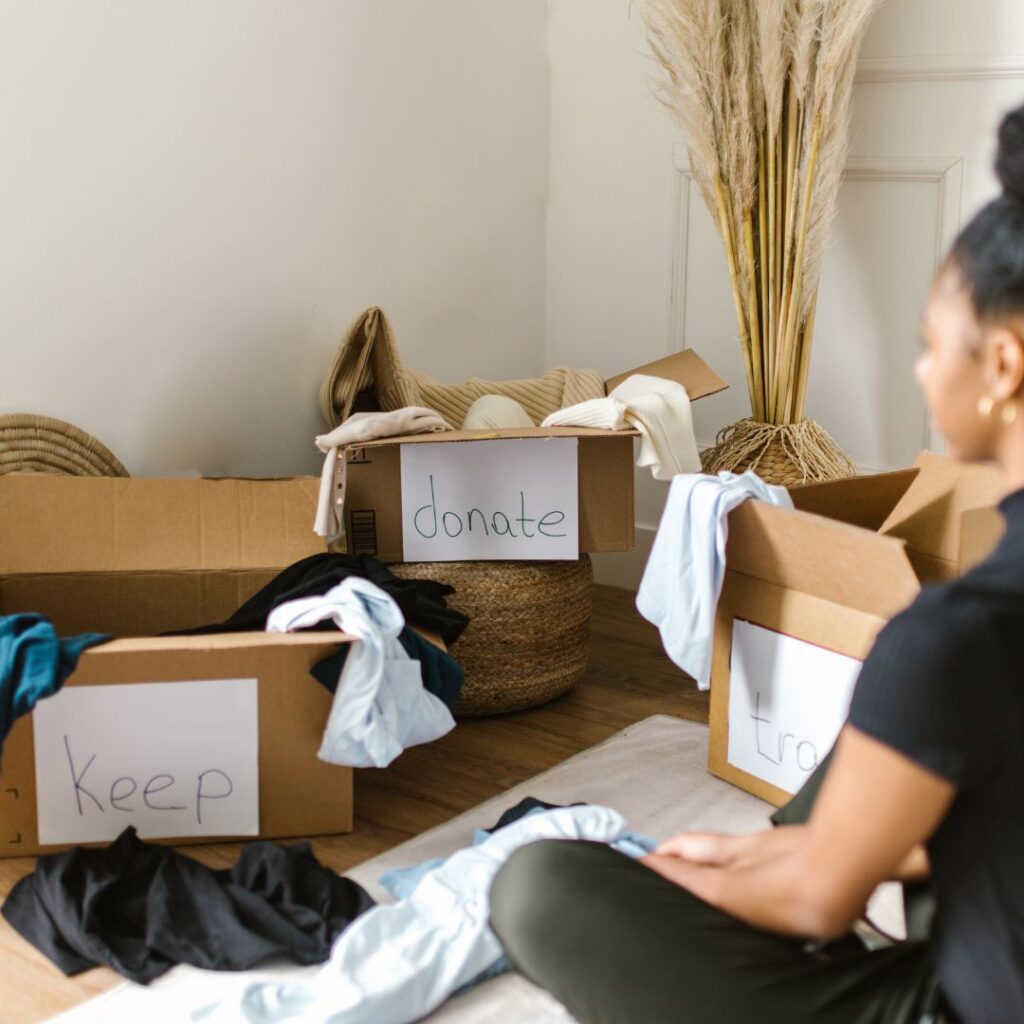
Letting go isn’t about losing, it’s about gaining back control of your environment and time. For instance, that cluttered cupboard that makes you sigh every time you open it? It can become a neat nook filled with just the items you use and enjoy.
How to Start: Letting Go Without the Stress
Decluttering can feel overwhelming if you try to do it all at once. The key is to start small, be consistent, and focus on progress, not perfection.
Set a timer for 15 minutes, choose one small area, and go from there. Even the smallest step can build momentum.
-
Begin with One Space
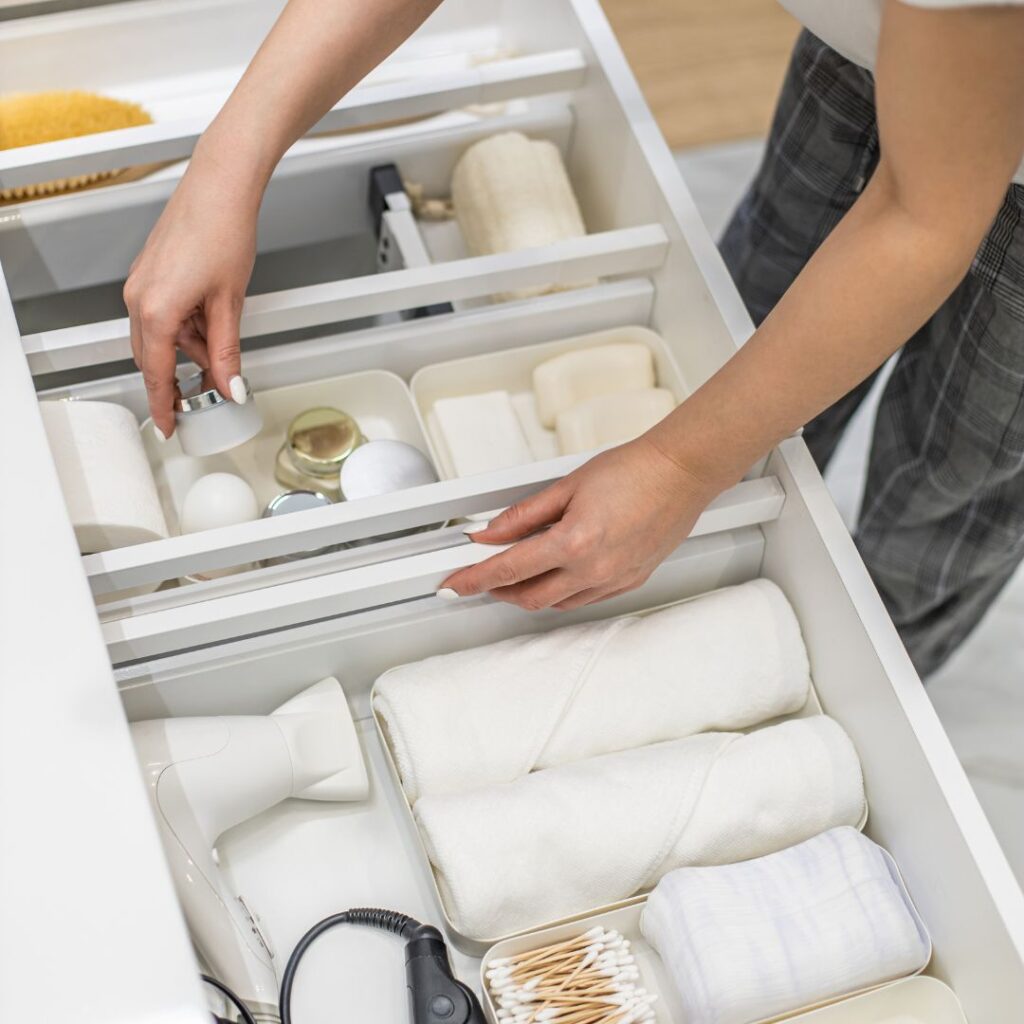
Start with something manageable, like a drawer, bedside table, or bathroom shelf. Tackling small areas builds momentum and confidence. For example, cleaning out just your bathroom drawer may free up space and remind you that even a five-minute declutter can be deeply satisfying.
-
Ask Yourself the Right Questions
When deciding whether to keep something, try asking:
- Have I used this in the past year?
- Would I buy it again today?
- Does it add value to my life?
- Am I keeping it out of guilt or habit?
Let your answers guide you gently but firmly.
-
Use the Four-Box Method

As you declutter, sort items into four categories:
- Keep – things you use and love
- Donate – still in good condition but no longer needed
- Sell – valuable items you no longer use
- Rubbish – broken, expired, or unusable
Be honest. Let go with gratitude, not guilt.
A great tip? Label the boxes and set them near the door so you’re more likely to follow through.
Room-by-Room Minimalism: Practical Tips
Here’s a friendly breakdown of how to apply minimalism throughout your home:
Bedroom
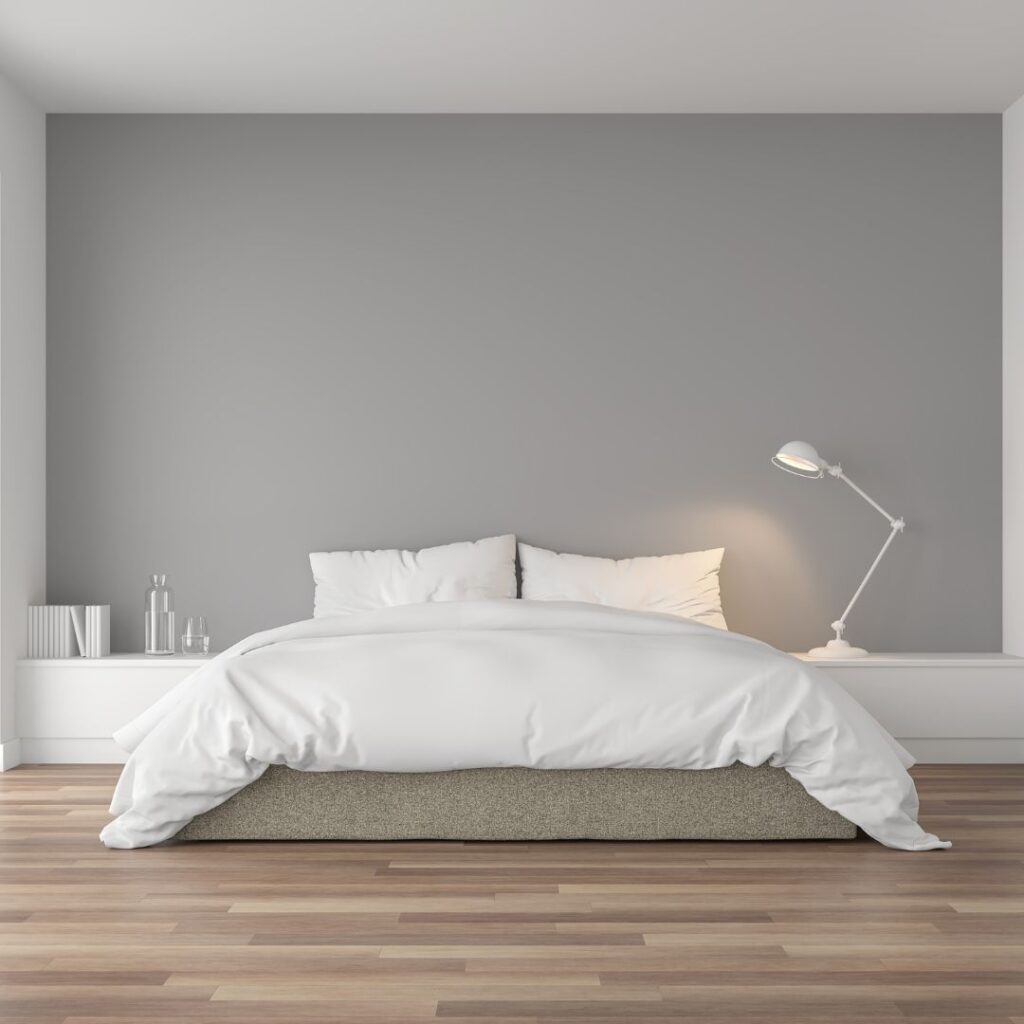
- Keep surfaces clear for better rest
- Donate clothes that don’t fit or feel right
- Store seasonal items out of sight to reduce visual clutter
Even one uncluttered bedside table can transform how your bedroom feels. Try it tonight.
Kitchen

- Toss expired pantry items and spices
- Keep benchtops clear for easier cooking
- Remove duplicate gadgets or tools you never use
Ask yourself: How many spatulas do I really need? Choose the ones you love using and donate the rest.
Bathroom

- Clear out half-used products and expired toiletries
- Store daily essentials within easy reach
- Limit “just in case” items, most go unused
A simple drawer organiser can make mornings less chaotic.
Living Area
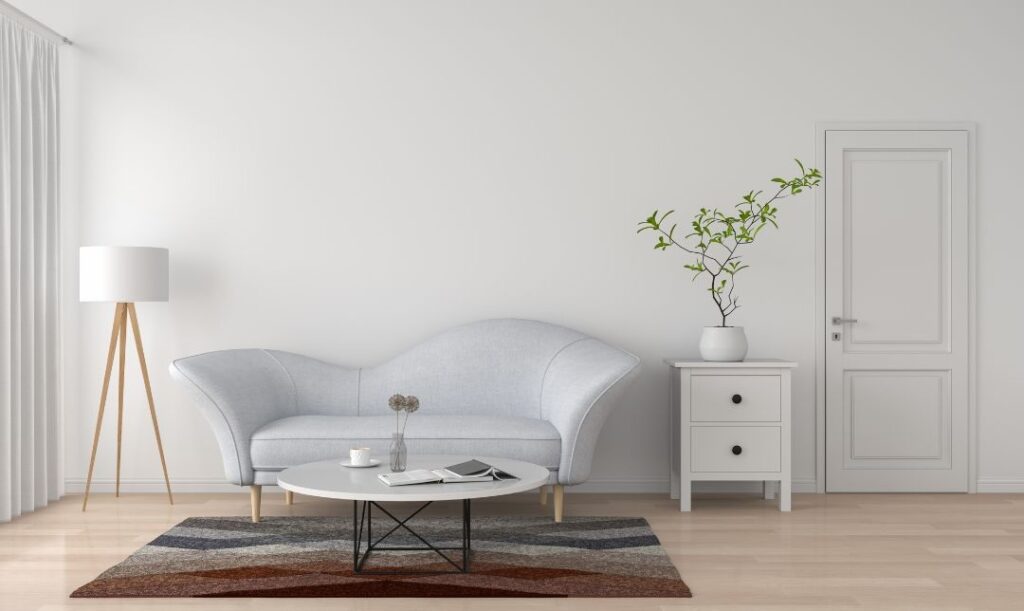
- Choose quality over quantity when it comes to decor
- Remove unused throw blankets, old magazines, and excess cushions
- Keep surfaces functional and tidy
Try having just one decorative tray for remotes or coasters, simple and effective.
Laundry and Linen Cupboard

- Donate old towels and bedding you no longer use
- Store items by set (e.g. sheet sets folded into one pillowcase)
- Keep only what your household realistically needs
If your linen cupboard bursts open every time you open it, it’s time for a reset.
How to Keep Things Clutter-Free Long Term
Decluttering is a great first step, but staying clutter-free is where the magic happens. Here are a few habits that help:
- Follow the One In, One Out Rule: Every time something new comes in, let something else go. It’s simple but keeps things balanced.
- Declutter Seasonally: Set a reminder each season to review your home and clear out what’s no longer serving you.
- Shop with Intention: Pause before you buy. Ask yourself:
Do I need this? Will it last? Where will it live? Mindful purchases lead to more satisfaction and less clutter. - Create Systems That Work: Use baskets, trays, hooks, and storage that suits your habits and household. It doesn’t have to be fancy, it just has to be functional.
For example, placing a simple tray at your entryway for keys and wallets can save hours of frustration.
Minimalism with a Family or Shared Home

Minimalism can work even if you’re not living alone. It’s about working with the people you live with, not against them.
- Involve kids in decisions about what toys or clothes to keep
- Make shared spaces calm and easy to tidy
- Set gentle, consistent boundaries around new purchases
It can be as simple as having a shared declutter day once a month with snacks and music.
Remember: it’s about making life easier for everyone, not enforcing rules.
Quick Decluttering Wins to Try Today:
- Clear your kitchen benchtop
- Donate three items from your wardrobe
- Throw out expired products from the bathroom
- Empty the “junk drawer” in one sitting
- Return items to their proper place before bed
These small actions have a big impact. Choose one and try it today.
Create Space for What Matters

Letting go of what you don’t need isn’t about depriving yourself. It’s about giving yourself and your home room to breathe.
Minimalism at home is a personal journey, not a one-size-fits-all solution. Start where you are, be kind to yourself, and let progress be enough.
Your home doesn’t have to be perfect. It just needs to work for you. And sometimes, letting go is the most freeing thing you can do.
If you’re feeling overwhelmed by the clutter in your home or simply don’t know where to start, help is just a step away.
Book your free consultation with Ducks in a Row Home Organisation and take the first step toward a home that supports your best life.
Let this be your invitation to breathe deeper, live lighter, and fall in love with your space again. A simpler home really can mean a simpler, more joyful life.


